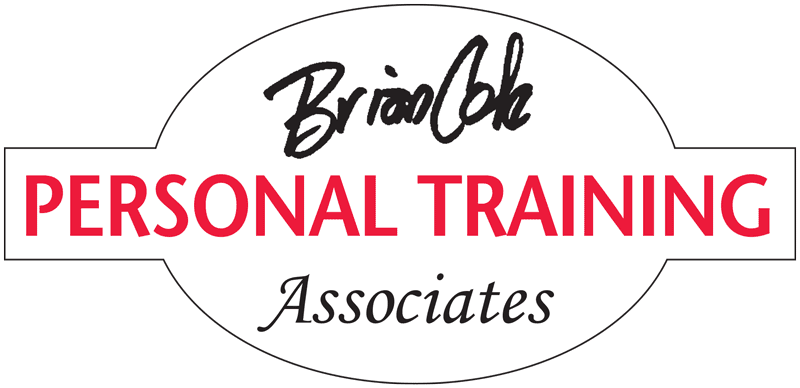Before reading this, I suggest you read Part 1 if you haven’t already.
Because the low back (lumbar) is involved in just about every movement of the human body, it is very susceptible to injury and/or dysfunction. And it’s very troublesome when it’s not functioning without pain. I’m going to talk about prevention and then about dealing with the acute stage of the problematic back.
Continuing where I ended Part 1, the focus should be on strengthening to provide stability. This prepares our vulnerable lumbar region to withstand the many forces that attack us, to enjoy a lifetime of activity and to be able to hold proper posture during our short stay in this life.
Our training approach incorporates many of the beneficial aspects of Pilates and yoga, which we combine with specific strength work. Again, this is notabout increasing the back’s flexibility. This is focused on stability. Many of the Pilates principles train the back and core to be stable during limb movements. Many yoga poses are designed to free the ball-and-socket hip joint. This is a joint that is made for efficient movement. Unfortunately our forward-flexion (seated) lifestyle deprograms our hips, and they just don’t operate freely, which puts undue strain on our spines.
We sit to eat our meals, to drive everywhere we go, at our desks, to watch television, at most entertainment shows… As a result, the muscles that operate the hip joint become shortened and weakened. This is why I don’t recommend biking/pedaling in any form as the primary calorie burning cardiovascular work. The position is just more forward flexion and therefore doesn’t allow the hip flexors or extensors to move freely through necessary range of motion. As a secondary supplement to upright movement (walking, running, elliptical, strider…), pedaling is fine but we benefit by exercising in a vertical position while holding good posture.
What is the most common condition that lets us know something is not right in our back? Muscle spasm. The muscles tighten and restrict just about everything we try to do. Naturally, that makes us think we should try to gently stretch to address the tightness. Sounds like reasonable common sense. Except it isn’t. These muscles have a postural function. Their job is to hold us upright. So if they’re weak, they can’t just atrophy or we’d be lying on the ground in a heap. If your biceps aren’t trained, they atrophy and you have weak arms. But weak back muscles still have postural responsibility, so their tightness is the sign they’re too weak to do their job. In postural muscles, weakness precedes tightness.
Whether your back has recurrent spasms, hasn’t had them yet or is in spasm as you read this, the goal is the same. These overly tight muscles must be strengthened. This takes time, effort and knowledge of how to do this safely.
I’ve focused here on our muscular system because improving it is within everyone’s capability. Many of the conditions listed in January’s Part 1 column will necessitate intervention by a doctor of orthopedics, chiropractic or neurology. But muscular function improvement will complement any of those modalities and is essential for lasting relief.

